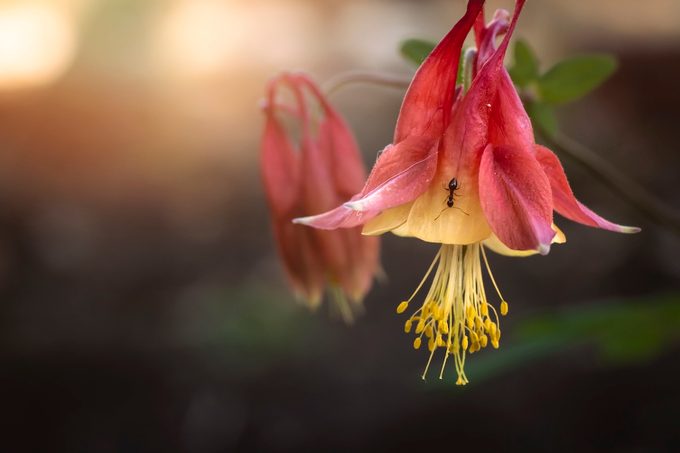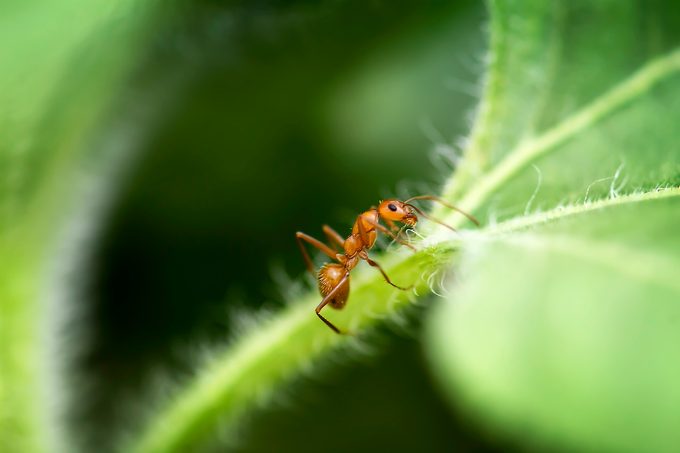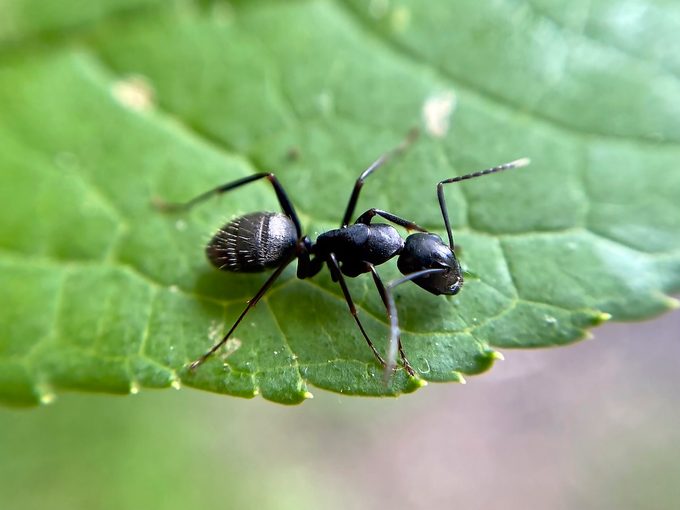Managing ants in your garden is no picnic. Here's what you can do to solve your ant problem—and why sometimes the best thing to do is nothing at all.

Ants in Your Garden: The Good, the Bad and the Ugly

Ants in your garden can be frustrating, but their activity can provide surprising benefits. Like beavers, ants are considered ecosystem engineers. As they build their nests, ants excavate soil from underground, improving aeration and drainage. Underground chambers maintain stable humidity and temperature, creating ideal homes for beneficial soil-dwelling creatures like millipedes, beetles, springtails and even butterflies.
Beyond their landscaping skills, ants help keep your garden tidy by removing food scraps, dead insects and other decaying matter, making your space less inviting to pests like mice. Some species also help control garden pests by preying on insect eggs and caterpillars.
However, not all ants are beneficial. They can pose a problem at hummingbird feeders. Several are also known to farm aphids, protecting them in exchange for their sugary honeydew. These ants can become aggressive if you attempt to remove the infestation.
On This Page
Good Ants vs. Bad Ants

Peaceful coexistence depends on the species present in your garden. Aaron Ashbrook, extension entomologist at Louisiana State University, highlights the importance of keeping unproblematic ants around. “Ants are territorial and will keep other ants out,” he explains. If you’re unsure which species you’re dealing with, reach out to your local university’s extension program for guidance.
How Do You Get Rid of Ants in Your Garden?

The short of it is that there’s no permanent solution out there. After dispatching a colony, it’s just a matter of time before another one moves in. Effective management centers around repeating treatments as needed. Digging out nests, using hot water or trapping worker ants is not going to work. “You can try to kill the worker ants all day, but unless you get the queen, you are not going to be successful,” Aaron warns.
Aaron recommends using a 1% boric acid (e.g. Borax) bait, “Less is more —any higher and the workers will detect it and avoid sharing it with the queen.” Boric acid disrupts the ant’s ability to process food, so it may take a few days until you see results.
While it is less toxic than other insecticides, large amounts can still be harmful to children and pets so be sure to consider this when using this method. Always read and follow the instructions on the label.
Homemade Ant Bait

Each ant species has a unique food preference. Knowing your pest is helpful for choosing the right bait, and eliminating ants in your garden.
For a liquid sugar bait, mix half a teaspoon of boric acid and nine teaspoons of granulated sugar in a cup of hot water. Soak a cotton ball in the solution and place it in a shallow container that ants can access easily (such as a plastic lid, a bottle cap or, if you have kids or pets, a lidded container with small holes in the lid).
Distribute your bait to areas where you’ve seen high ant activity. Boric acid can be harmful to bees and other pollinators, so be sure to locate bait stations well away from plants in bloom.
RELATED:
- How to Get Rid of Slugs and Snails
- 8 Beneficial Garden Insects You Want to See
- Do Peonies Need Ants to Bloom?
About the Expert
Aaron Ashbrook is an extension entomologist at Louisiana State University. He holds a Ph.D. in entomology from Purdue University and works as an assistant professor of urban and peri-urban entomology at LSU.
Sources
- University of California Integrated Pest Management, “Ant management in gardens and landscapes“






















